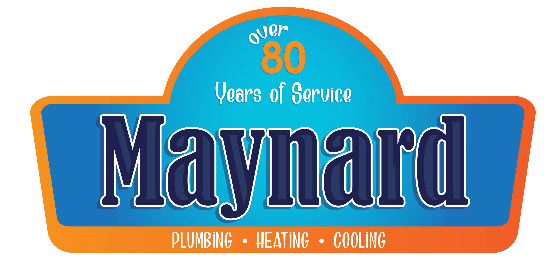Both your central heating and air conditioning systems rely
on a system of air ducts to do their job. These systems cool or heat the air,
and then blow that air through the ductwork to the various rooms in your home.
They’re typically located behind walls, in your attic, or other out-of-sight
areas so they can do their job as unobtrusively as possible.
This is great, however it makes it difficult to spot when
problems, like leaks, occur. The good news is that the HVAC professionals on
our team can address the problem of leaking ducts quickly and efficiently.
Before we can do that though, you of course need to be able to spot the signs
that something is amiss to begin with (or just give us a call for duct testing
services).
“Why Do Ducts Leak, Anyway?”
This can happen for a number of reasons—your ductwork can
develop leaks from accidental damage done while you or a handyman was working in
the attic or crawlspace where your ducts are located, damage can happen if
vermin like squirrels or raccoons get to your air ducts, or your ducts can
start wearing down and developing pinhole leaks due to the high heat in the
attic during the summer.
Even basic wear and tear—such as a bolt holding two pieces
of ductwork loosening over time—can lead to duct damage.
“Is It Really That Big of a Deal?”
Well, yes. Duct leakage is an issue because damaged ducts
reduce the efficiency of your heating and cooling systems. These leaks will either
pull conditioned air out of the ducts or pull unconditioned/dirty air in.
Either way, this has two possible setbacks:
- It impacts the temperature of the air entering
your home, no matter what you have the thermostat set to. - It reduces airflow through your ductwork,
therefore rendering your HVAC systems inefficient.
Both of these issues conspire to rob your system of energy,
forcing it to work harder than it should to do its job, raising both your
monthly bills and the possibility of a more serious breakdown. If the issue isn’t
treated as it should be, it could eventually turn what was a simple repair or
sealing job into a more complex problem.
How to Spot Duct Leakage
As we alluded to above, the problem with ductwork damage is
that they are not apparent to the naked eye. This means a small problem can
quickly grow into a larger one, adding a huge amount of strain to your HVAC
systems. Fortunately, there are ways to spot problems if you know what to look
for. Signs of leaks in your ductwork can include (but are not limited to):
- Uneven temperatures throughout your home when
either HVAC system is operating. - Strange noises coming from your vents or attic.
- Reduced airflow coming from one or more vents.
- Higher energy bills cause by the loss of
efficiency.
On that latter point—what we mean by higher energy bills is higher than what you normally pay this time of the year, despite comparable use. You should also compare your bills to what your neighbors pay if they’re willing to divulge. This way you can get a realistic idea of what you should be paying to cool or heat your home.
Need a Helping Hand, Call the Maynard Man! We are the “Clean Air, Clean Water, Clean Energy Experts” and we look forward to serving your Nashville indoor air quality and HVAC needs.
